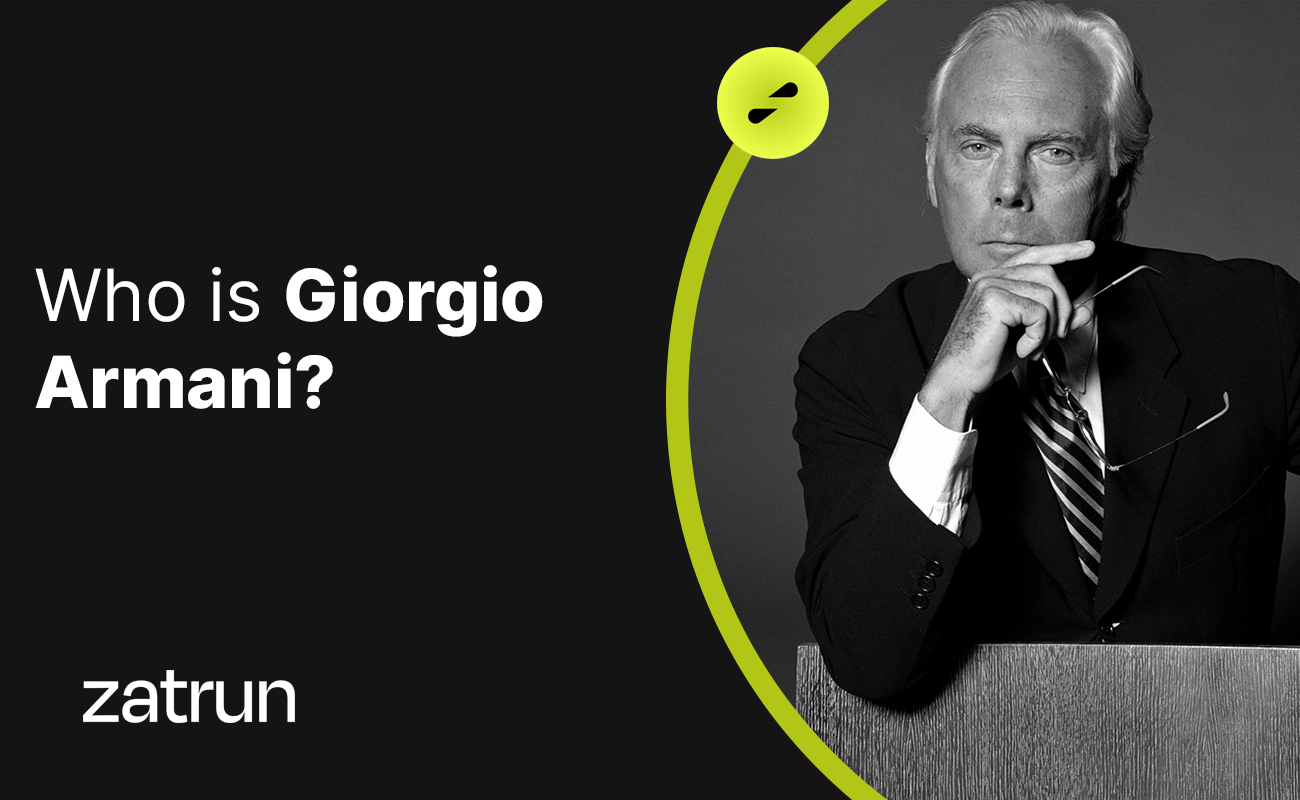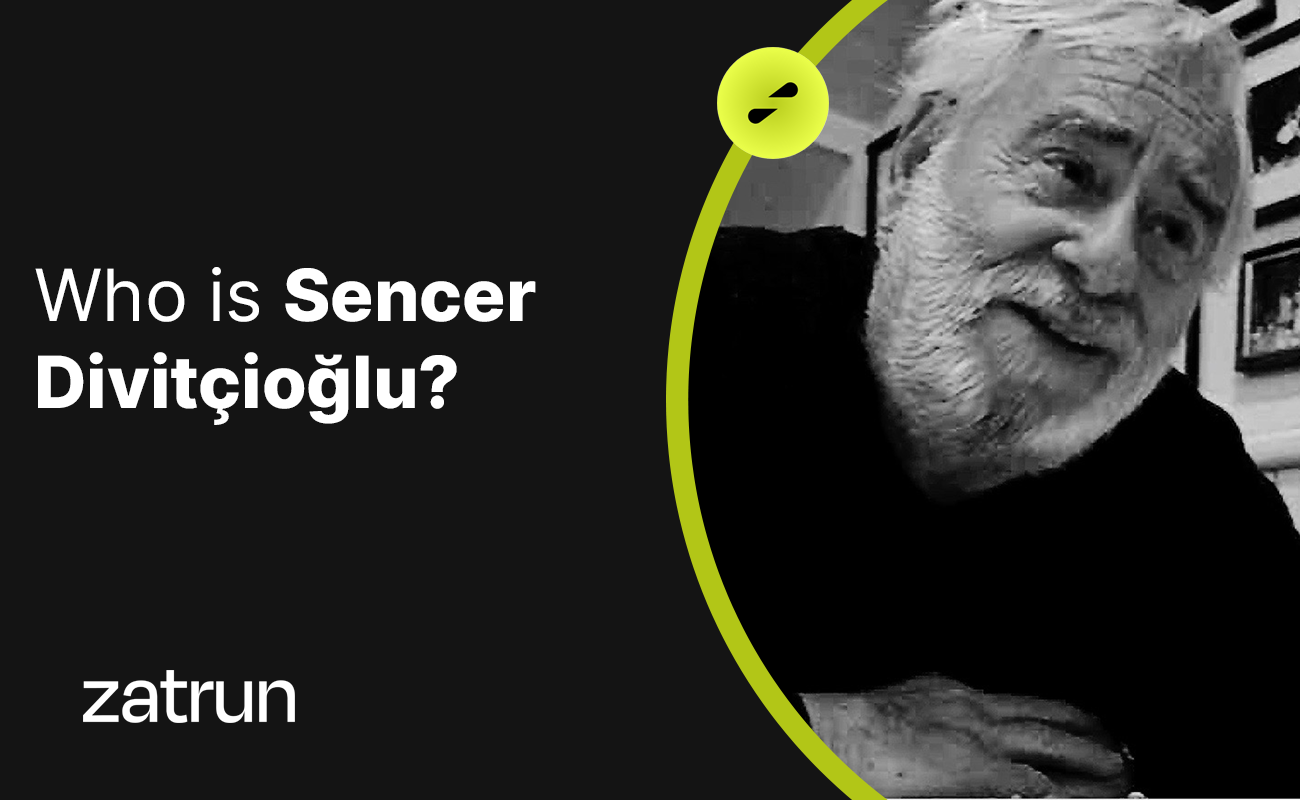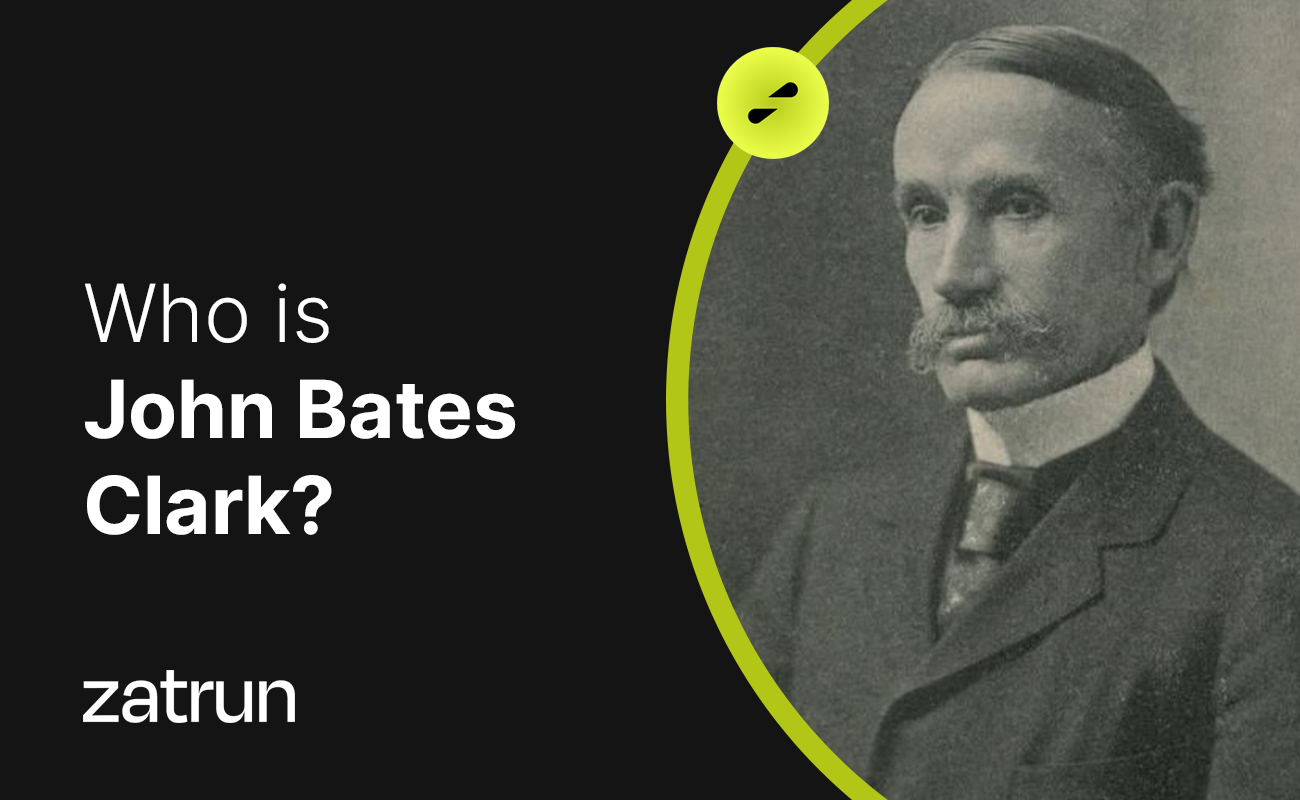Ronald Coase (1910-2013) was a British economist who spent most of his working life in the United States. In 1991, He was awarded the Nobel Prize in Economics. If you are interested to learn more about Coase, keep reading this article on Zatrun.com.
Who is Ronald Coase?
Ronald Coase was born in Willesden, London and completed his economics education with a doctoral degree from the University of London after obtaining a bachelor’s degree from the London School of Economics.
After emigrating to the United States, Coase worked as a professor at the University of Buffalo, the University of Virginia, and finally at the University of Chicago. He contributed to the study of institutional economics, the connection between law and economics, and public goods administration, with his work on welfare economics focusing on topics such as transaction costs, legal ownership, externalities, and public goods. Coase was awarded the Nobel Prize in Economics in 1991.

Coase’s early research project “The Nature of the Firm” focused on explaining why significant economic activities, such as self-employment, were performed by firms in developed economies. His research investigated why firms undertook this function when it could be performed by individuals, and he argued that the general service agreement for labour was preferred over specific contracts for individuals due to the transaction costs incurred by the market.
Ronald Coase’s Works
Ronald Coase showed that using the market incurs some transaction costs. Obtaining a good or service from the market can be at a price higher than the market price. For a firm to acquire a good or service, it requires additional costs besides the market price, such as search and transaction costs, negotiation costs, transaction privacy protection costs, transaction term monitoring costs, and the costs of enforcing these terms if they are not complied with.

These additional transaction costs will decrease or disappear if the company produces the good or service by hiring the individuals who produce it within the company. Thus, the company can be seen as an institution that reduces transaction costs. According to Coase, a company may be larger than another due to the following reasons:
- a company reduces the ratio of transaction costs incurred within the company to those incurred by the firm,
- larger companies benefit from economies of scale in marketing, production, and other activities,
- larger companies have more material and human resources,
- larger companies have more accumulated experience and expertise,
- larger companies offer the opportunity to reach more customers and better understand their needs.
However, as a company continues to grow, internal transaction costs may increase, and external costs may also increase. This shows that there is an optimal size point for the company that is above a certain level.

“The Nature of the Firm”
Ronald Coase’s “The Nature of the Firm” study is still considered an important economic issue today and helps to form thoughts on the structure, operation, and size of companies. Coase’s theory is considered an important tool for understanding the interaction of firm structure, operating costs, market prices, and other factors.












